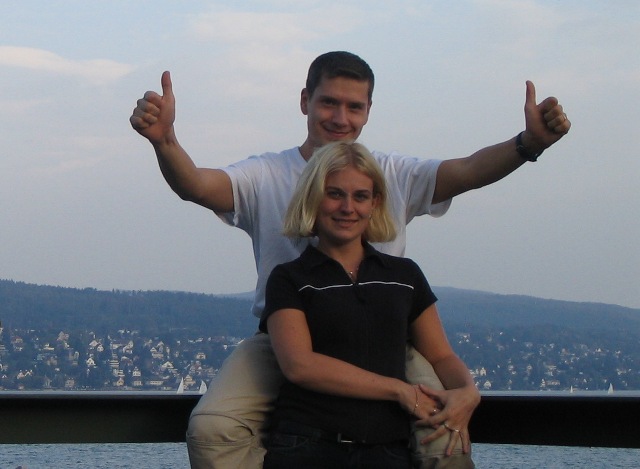As we were approaching Rajasthan, camels and all sorts of animals and means of transportation were to be seen more often on the 'highway':
We arrived to Jaipur late afternoon and decided to start exploring 'the land of the Maharajas' at
Choki Dhani, an ethnic village with typical Rajasthan-style setting and evening shows, offering also a uniqe experience of Rajasthani-style dining:
We have no idea what was on the menu, but typically there was something (a weird combination of spicy and sweet dishes one after the other) served on our plates every 2-3 minutes... we could hardly keep up with eating it all! But had a great time and it was definately a unique experience.
We found
Jaipur in general a dusty, crowded, but colorful Indian awesomeness. The roads were congested with bicycle, camel or human pulled carts, motorcycles, rickshaws,
a scattering of cows in the middle of roundabouts, elephants, pigs and camels, many market stalls, colorful spices and nice and friendly people:
We were told by our guide that in 1853, when the Prince of Wales visited Jaipur, the whole city was painted pink to welcome him. Most of the downtown area is still pink and gives the impression of a 'planned' city, where the streets are are much wider and seem to be more organized – but only at first sight, since they are all extremely crowded with people and animals all around (perhaps this is due to more room equaling more congestion).
There are many forts and monuments in Jaipur that are worth seeing. First, we stopped in the Old Town at the "
Palace of Winds", a beautiful building with its famous 953 small windows, which was built in such way to allow the the ladies of the palace to enjoy the festivals in the streets from the privacy of the palace, without being seen from outside.
Next, we traveled about 10 km outside the city to Amber Fort, made of white marble and red sandstone, which has a military look on the exterior,
trying to hide the beauty and impressive decoration inside. There are courts, pavilions and individual palaces that reflect the royal wealth and glory of the Moghul times, which undoubtedly captivates tourists with its minute mirror works, artistic quality and delicate design.
The best part of our visit to Amber Fort was of course approaching the front gate on elephant back, like the Maharajas of Rajasthan once did. Our "little Maharaja" in his red Swiss shirt enjoyed the ride so much that since then he only wants to travel on elephant back ;-)) (eh, difficult wish to fulfill, especially after returning to Switzerland!)
In the afternoon we visited the
astronomical observatory Jantar Mantar (an expression of the astronomical skills of the court at the end of the Mughal period), with its huge instruments to measure time and space, which easily raise the interest of school children:
Right next to the observatory we visited the
City Palace, where one can get a glimpse of Rajput and Moghul style of architectures. The palace complex consists of a set of buildings, courtyards and museums, connected through beautifully decorated white marble archways.
Since Maharaji still live in the inner parts of the palace today, some areas of the palace complex are off limits to the public. The taller white colored building in the background is the current personal residence of the Maharaja royalty:
....
After a long, dusty and extremely hot day in Jaipur we took some time to relax in the pool of "our palace", followed by a dinner & evening show at the rooftop restaurant - to get us ready for the night train to Udaipur...
All our photos from Rajasthan




















































